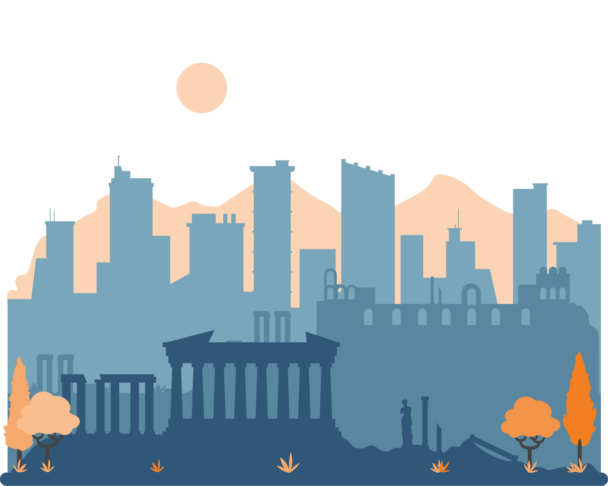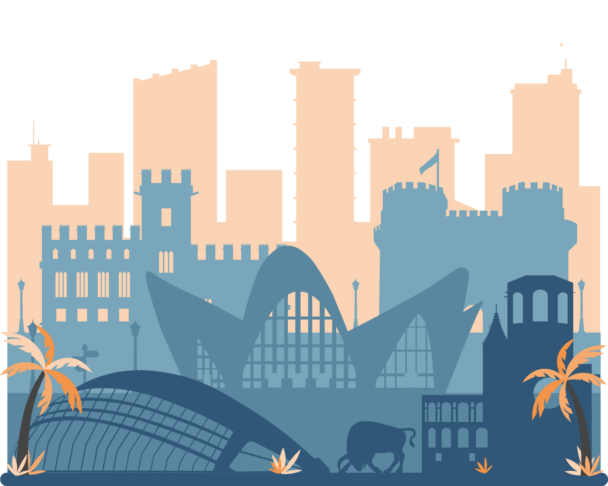Description
Basic Computer Proficiency required. Read more »
Basic computer proficiency courses are designed for individuals who have limited experience with technology. Participants will learn fundamental skills such as navigating the web, and using basic programs.
Many teachers have had to better familiarize themselves with new technologies in order to deliver online classes.
But distance learning and digital tools don’t just belong to emergency teaching situations. Face-to-face and distance learning activities, often facilitated by technology, can constitute a very effective blend of learning.
Even if we know ICT can boost students’ learning, we don’t often know how ICT can help us to become more effective educators. Guiding teachers in the successful development of blended learning practices is the main goal of this course.
In this course, participants will acquire a practical understanding of how blended learning can help students develop competencies such as autonomy, problem-solving, critical thinking, as well as a sense of self-efficacy.
Participants will actively explore a variety of useful, free digital tools and realize these can be allies in attaining specific learning goals in different subjects. They will also come up with examples of activities that effectively integrate distance and in-person learning, “traditional” and technological resources.
At the end of the course, participants will feel at ease blending distance and face-to-face pedagogies, and they will take away their lesson plans enriched with new tools and strategies, which will positively affect their work experience and professional effectiveness.
What is included
Learning outcomes
The course will help the participants to:
- Develop a deeper understanding of blended learning, and how to use it in their own teaching practices;
- Get inspired by analyzing examples of different blends;
- Manage diverse ICT tools, apps, and/or platforms that can be useful in their subjects;
- Explain topics in diverse ways, leveraging today’s available digital resources;
- Involve students in blended opportunities for reflection, discussion, investigation, practice, and assessment;
- Personalize and enrich students’ learning experience;
- Use new tools for student-centered teaching approaches and competency-based education;
- Design blended learning activities.
Tentative schedule
Day 1 – Blended learning: an introduction
- Introduction to the course, the school, and the external week activities;
- Icebreaker activities;
- Presentations of the participants’ schools;
- What can we blend into education? Defining Blended Learning;
- Personal experiences, challenges, opportunities.
Day 2 – Learning online
- Online Learning Environments;
- Managing a Virtual Classroom;
- Visual Tools and Videos.
Day 3 – Flipped education
- The Flipped Classroom;
- Screencast o Matic;
- Designing Flipped Activities.
Day 4 – Online interactive learning
- Learning Apps;
- Games and Quizzes;
- Collaboration and discussion online.
Day 5 – Designing blended activities
- Choosing blended good practices;
- Designing Blended Modules or Lessons;
- Sharing ideas with colleagues.
Day 6 – Course closure & excursion
- Course evaluation: round-up of acquired competencies, feedback, and discussion;
- Awarding of the course Certificate of Attendance;
- Excursion and other external cultural activities.







